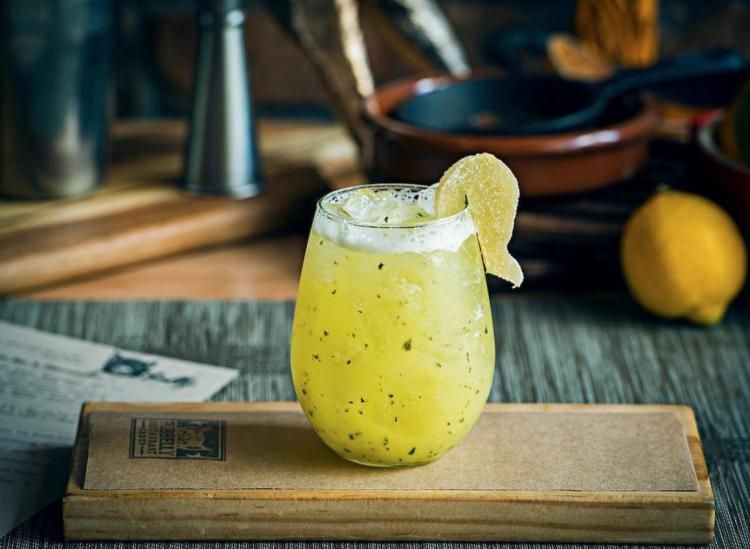7 Interesting Ways You Can Put Sake In Your Cocktails

Sake is in a league of its own. The rice-based drink, primarily made in Japan, can be served either hot or cold and it’s often described as fruity, nutty and caramel-like. It’s measured in six categories: impact, sweetness, acidity, bitterness, body and aroma. Sake usually falls somewhere near 15 percent ABV. While certain sake purists might be alarmed at the thought of mixing the rice-based drink, a lot of bartenders and sake enthusiasts will tell you it makes for some killer cocktails.
1. Saketini
Shake up a saketini with gin, your sake of choice, fresh cucumber and cucumber bitters.
2. Yuzu Sake With Passion Fruit Cocktail
Yuzu is a Japanese citrus fruit and it’s used in a lot of Japanese cooking. Yuzu sake is made by a small Japanese brewery called Umenoyado. The bitter-sweet citrus flavor works well with the raw strength of the sake, and passion fruit is the perfect fruity pairing here.
3. Shiso And Sake Cocktail
This herbaceous cocktail uses sake, vanilla miso syrup, vodka, lemon and shiso, which is the Japanese version of basil.
4. Lychee Passion Fruit Sake Cocktail
When you want to pretend it’s still summer, try this bright yellow cocktail with Jumai sake, lychee juice and passion fruit seeds.
5. Strawberry, Sake And Mint Cocktail
Strawberries and mint are an ideal fruity and refreshing combination for a cocktail. Add in a little vanilla-flavored vodka and chilled Nagaragawa Junmai sake.
6. Wasabi Kiwi Sake Cocktail
If you’re into wasabi, try this green cocktail with a fruity light and floral sake like Born Tsuya Junmai Daigonjo Sake. For a little kick add some wasabi and lime and finish with a splash of vodka and some kiwi.
7. Sake Mojito
Try this sake spin on a mojito with lime juice, spearmint, sudachi (a sour Japanese ingredient used in place of a lemon or lime) and your sake of choice.











